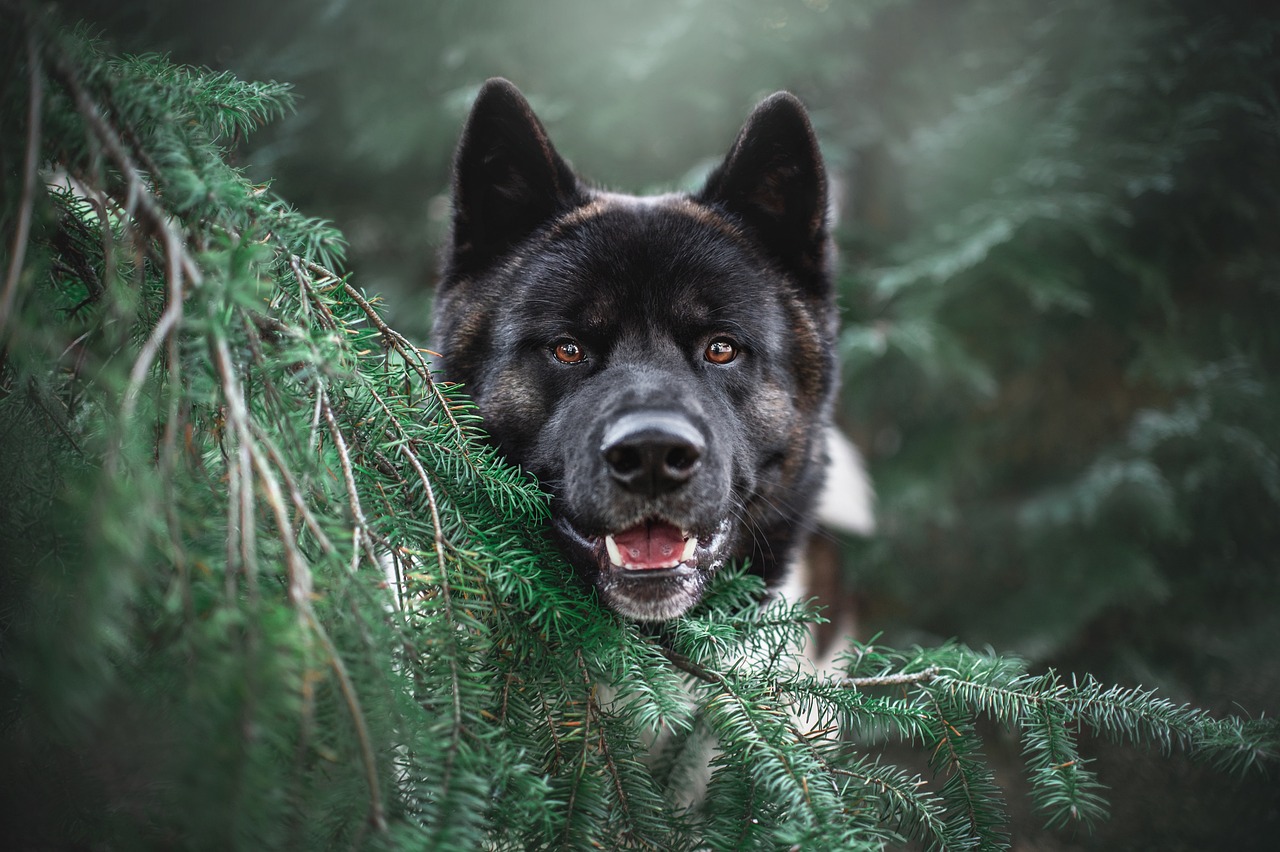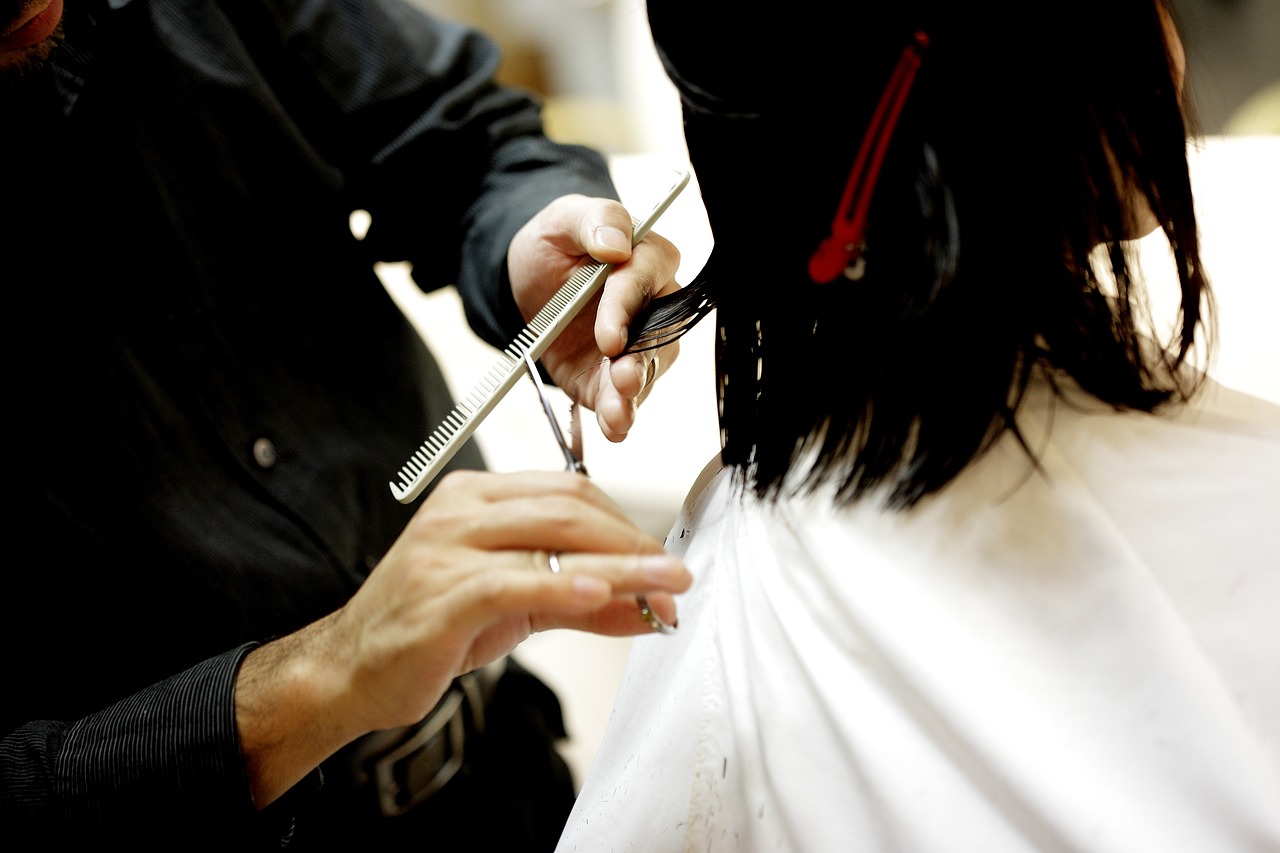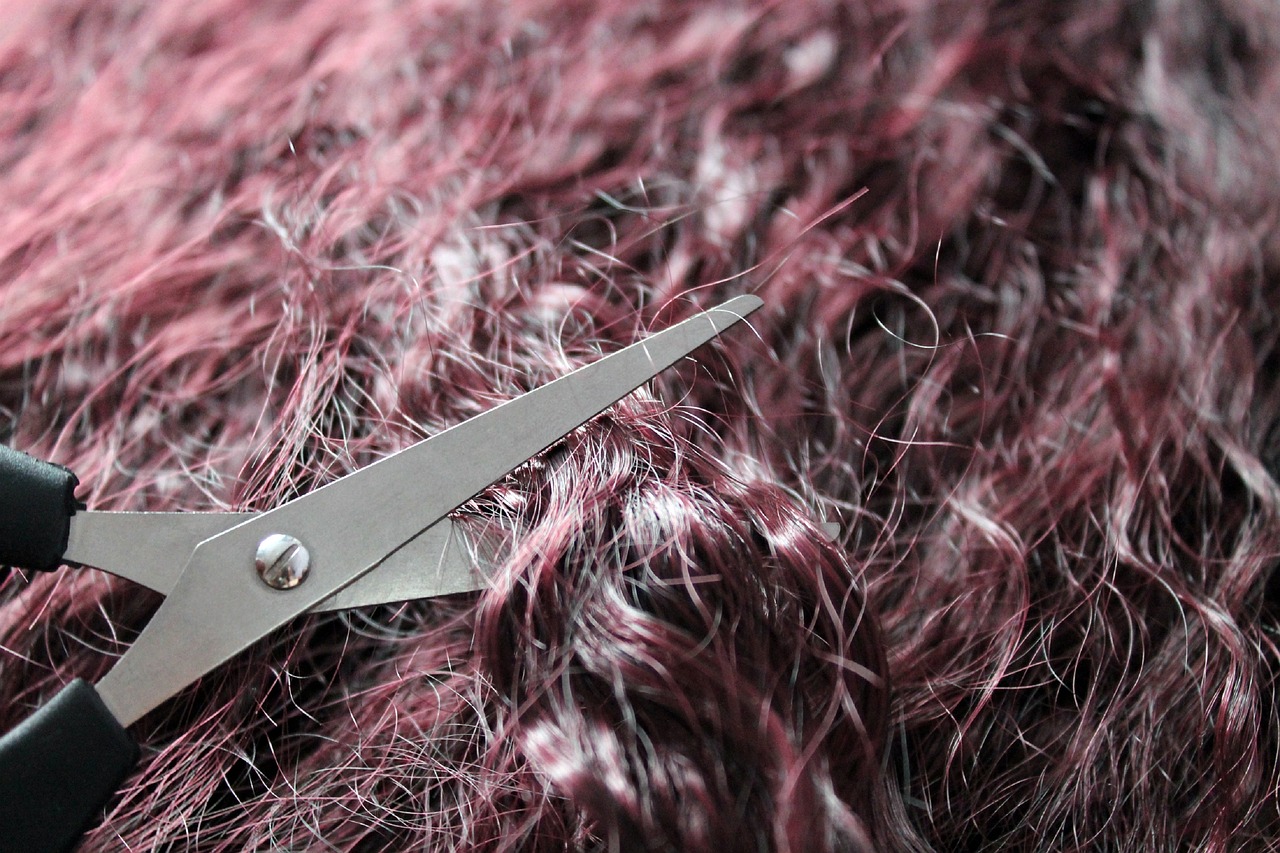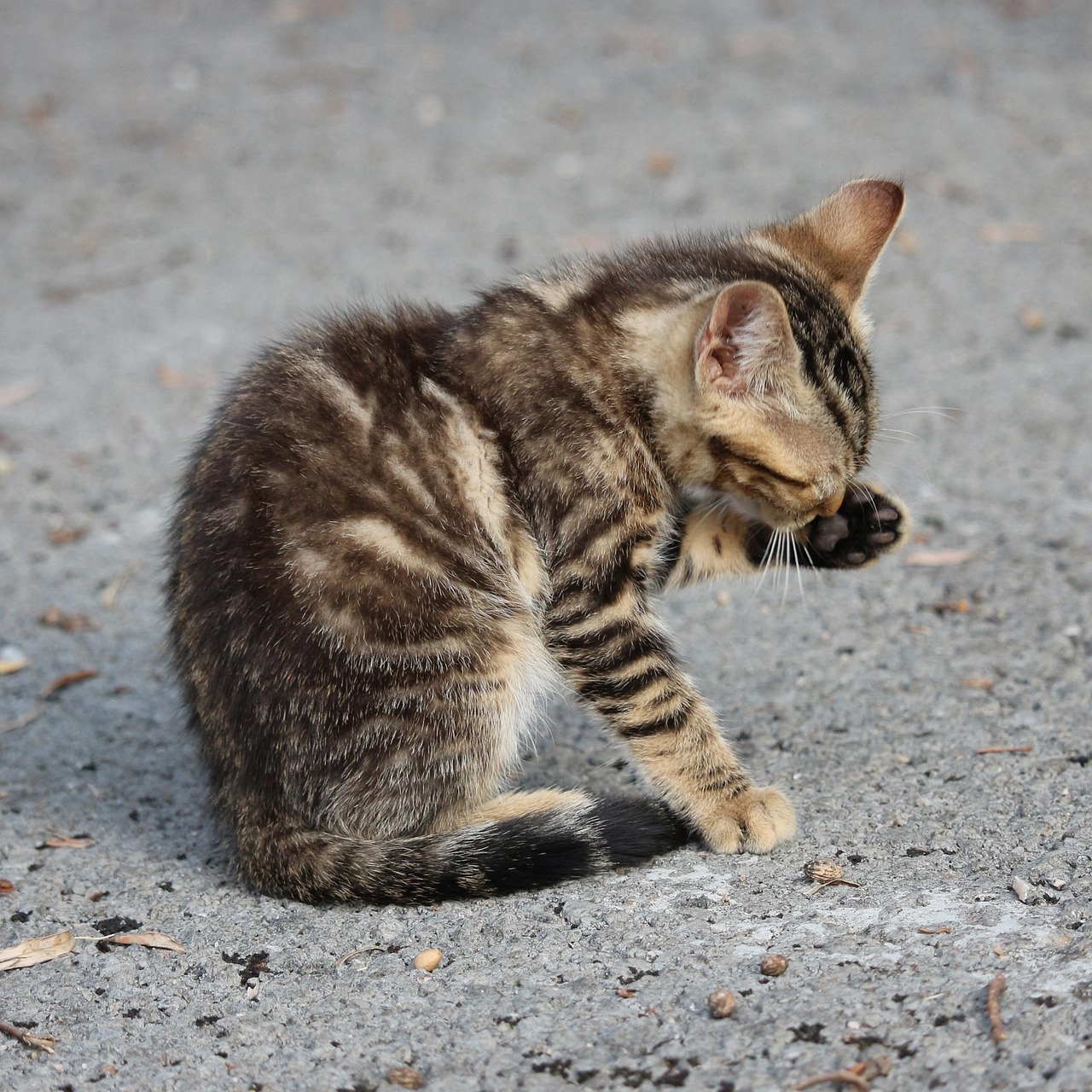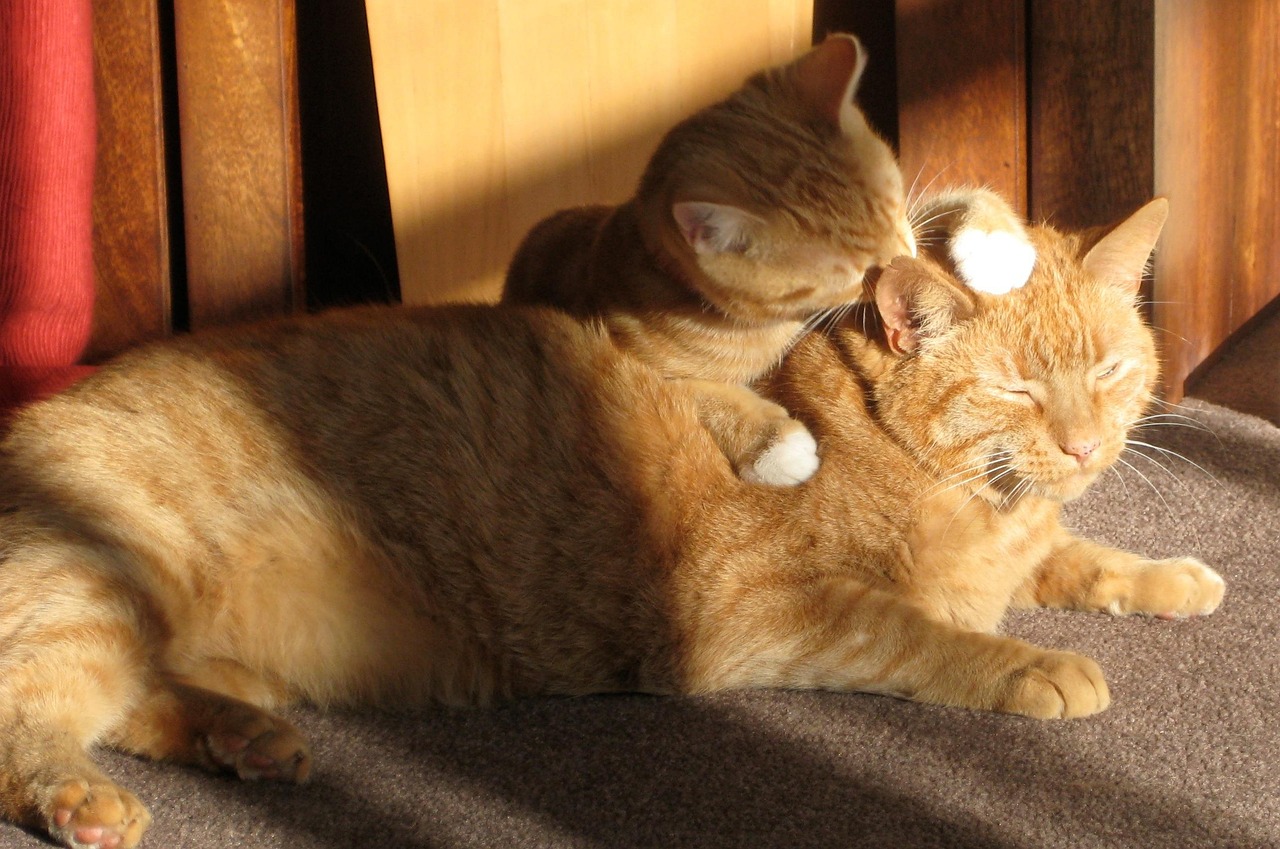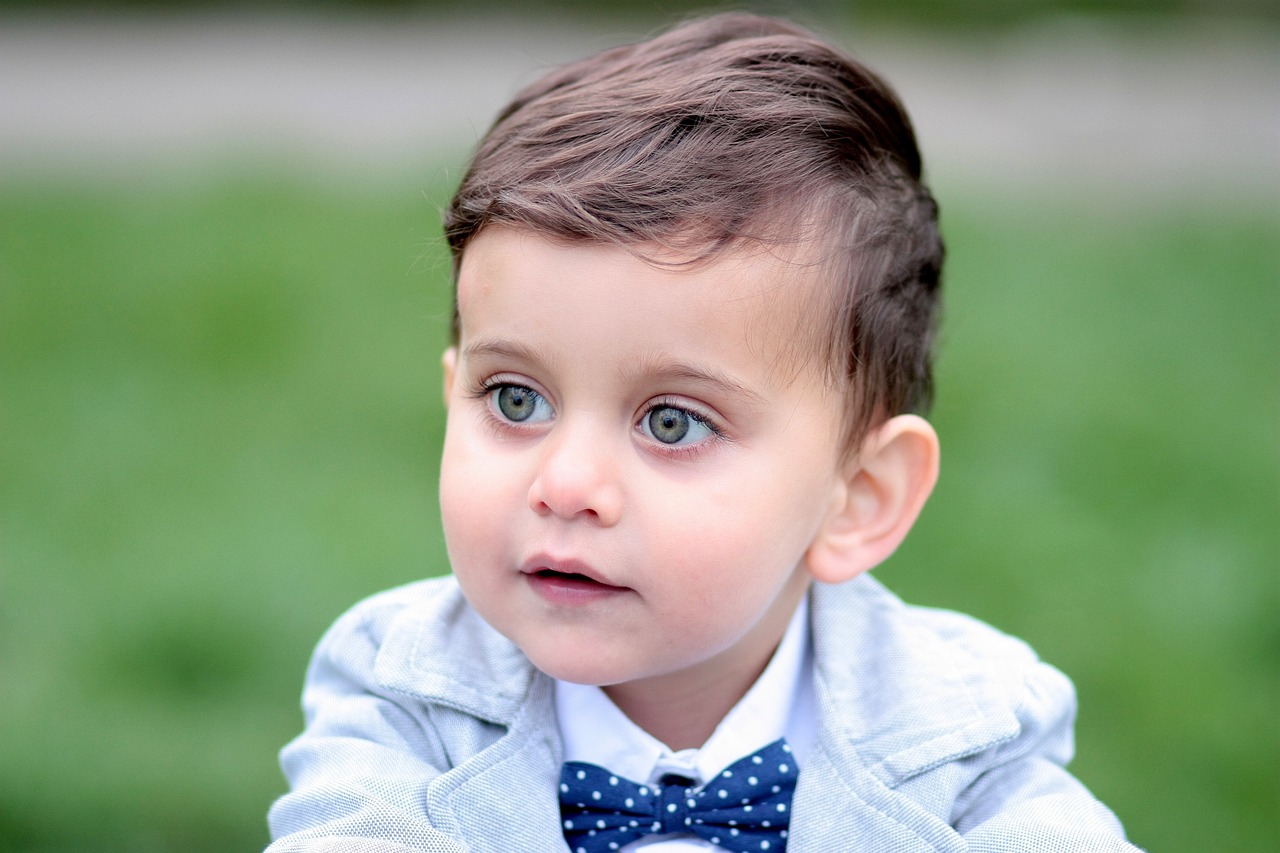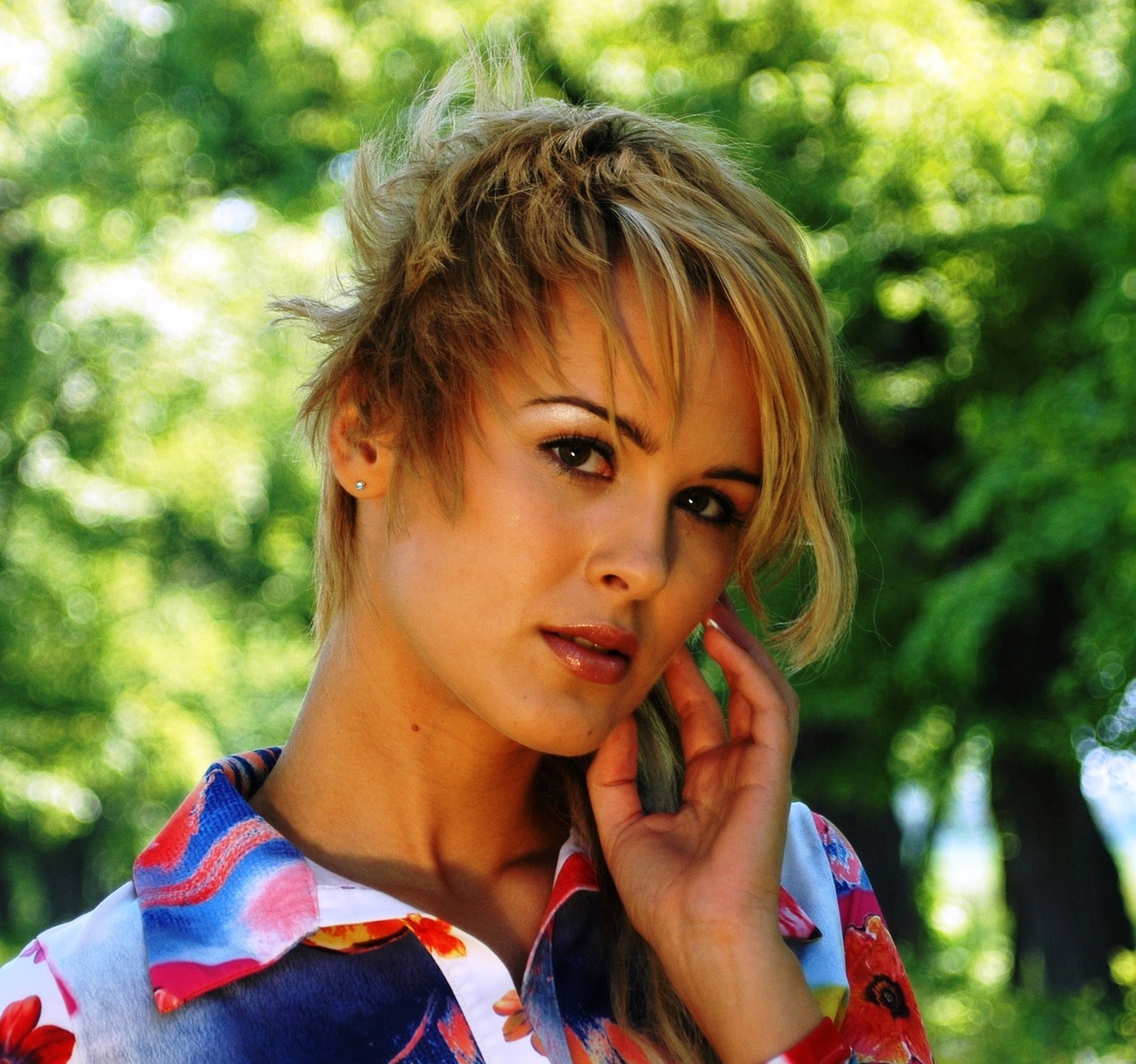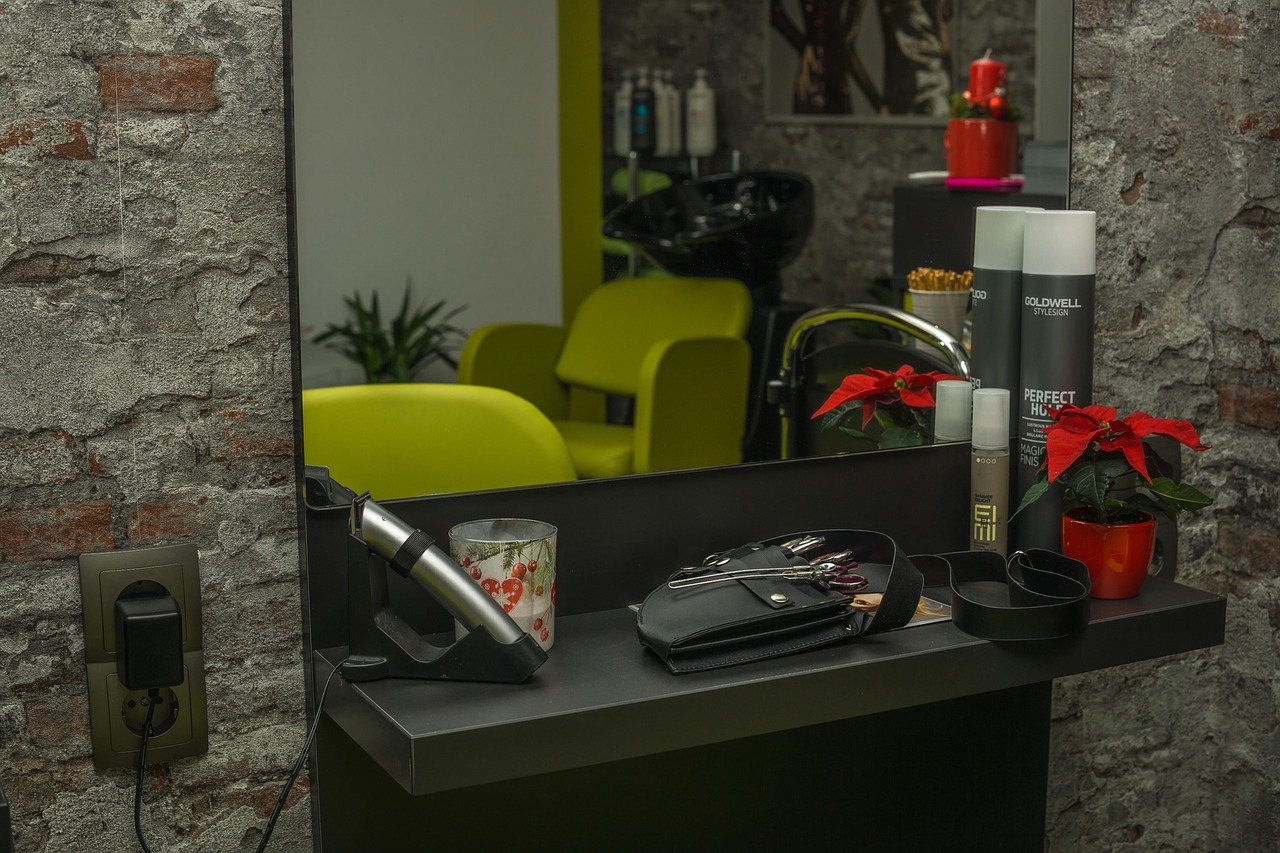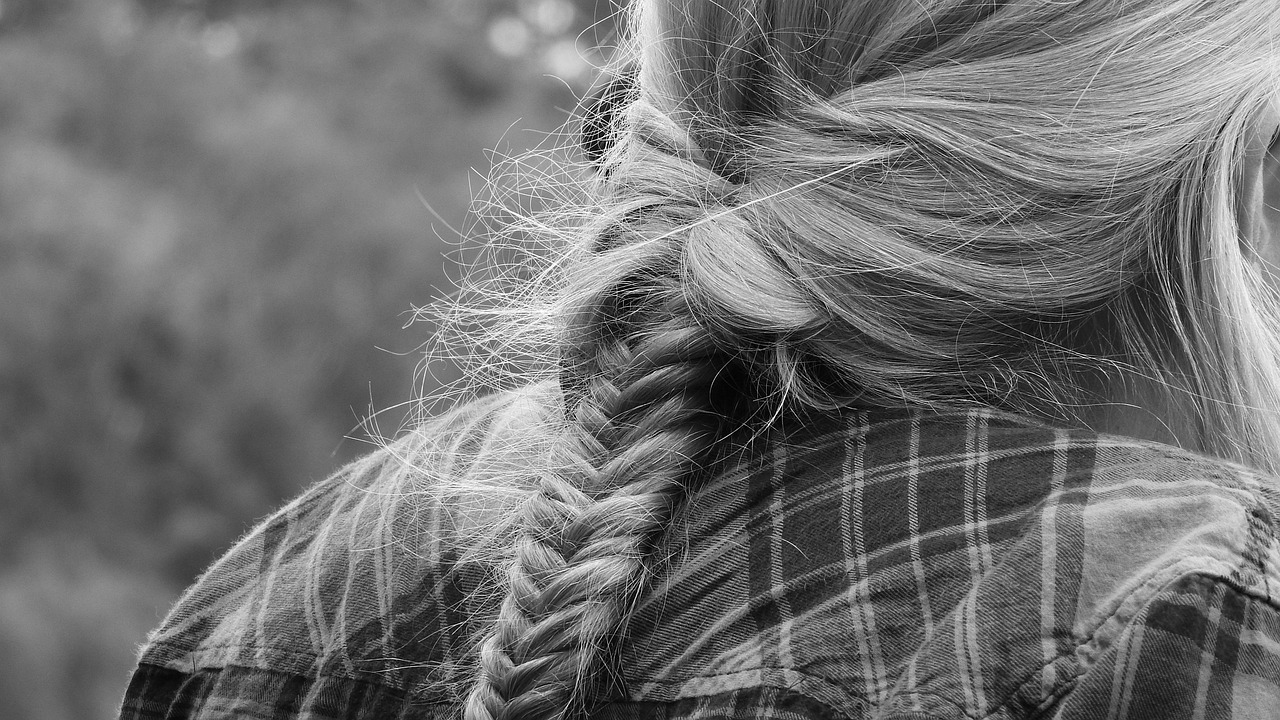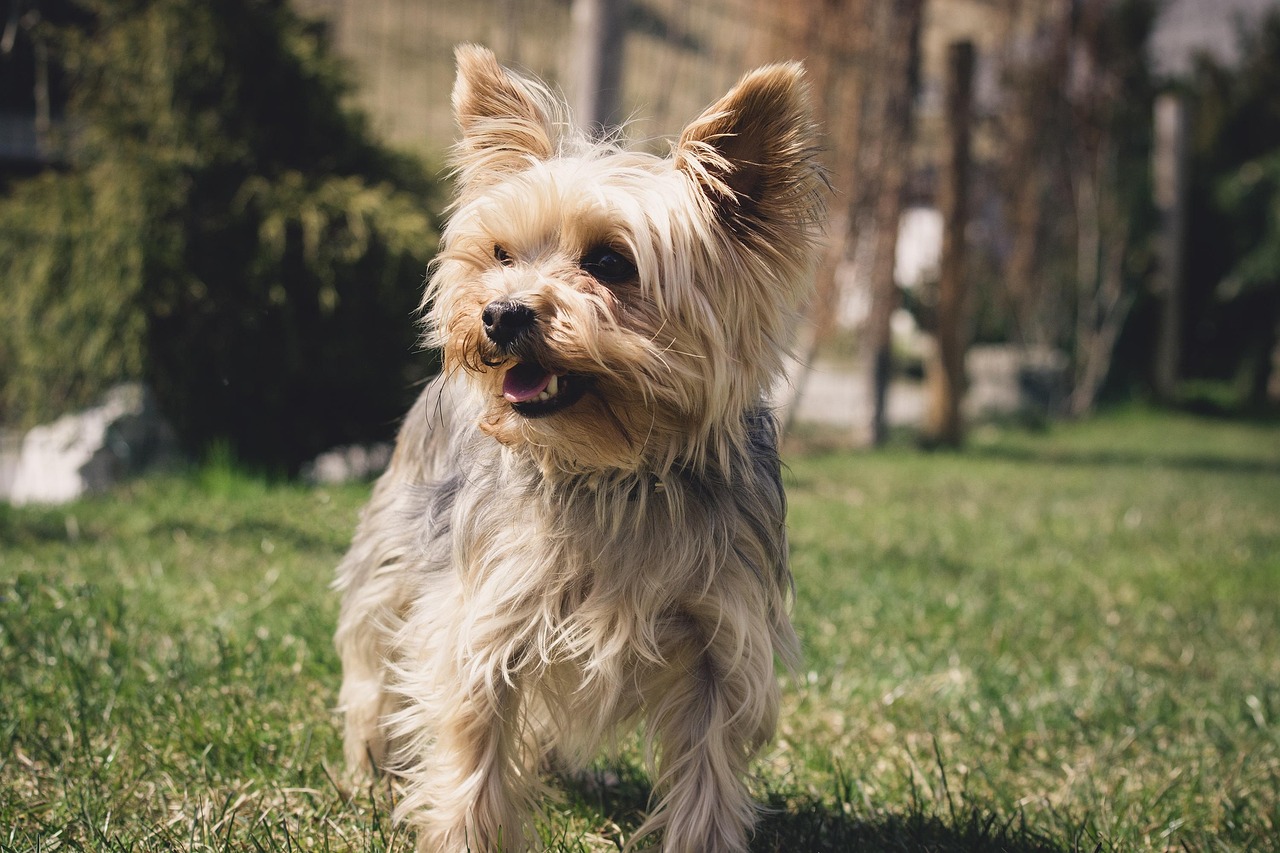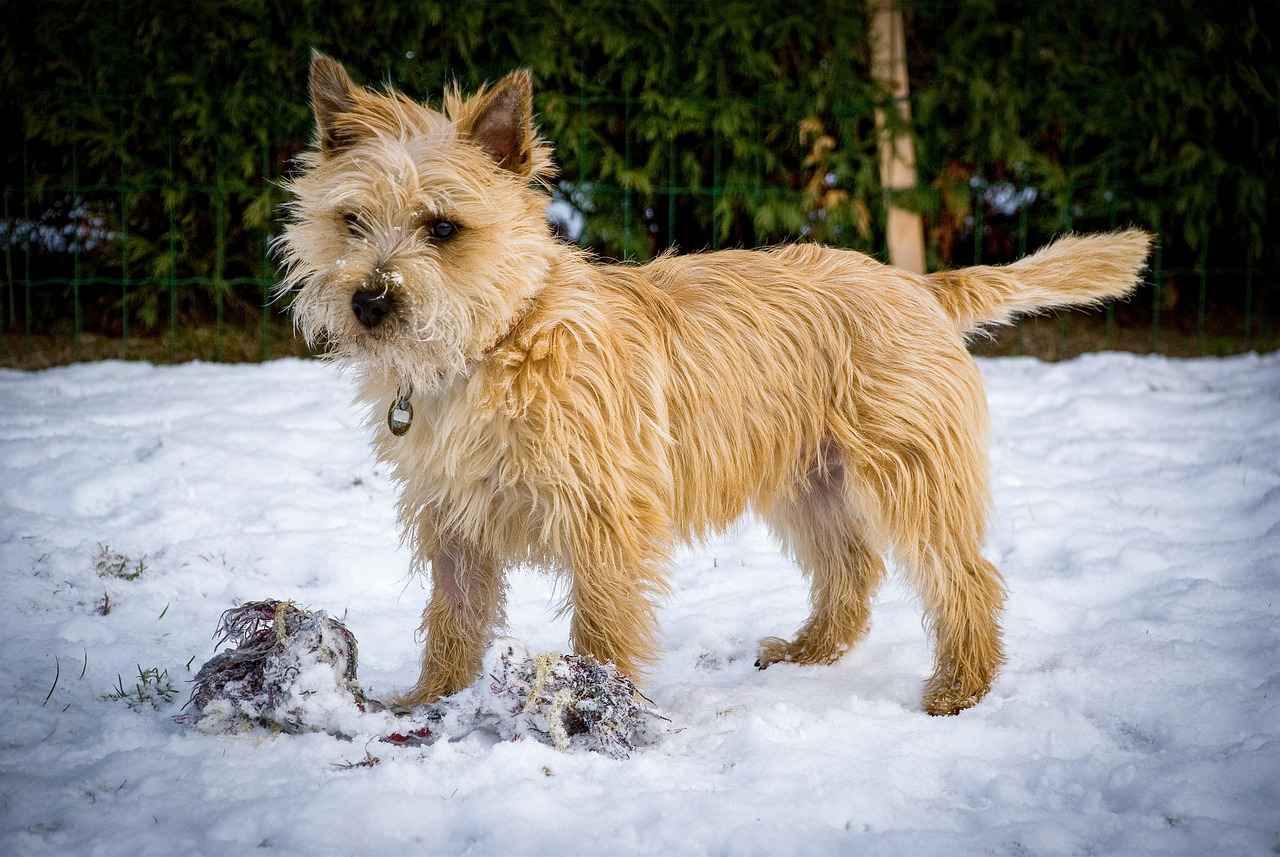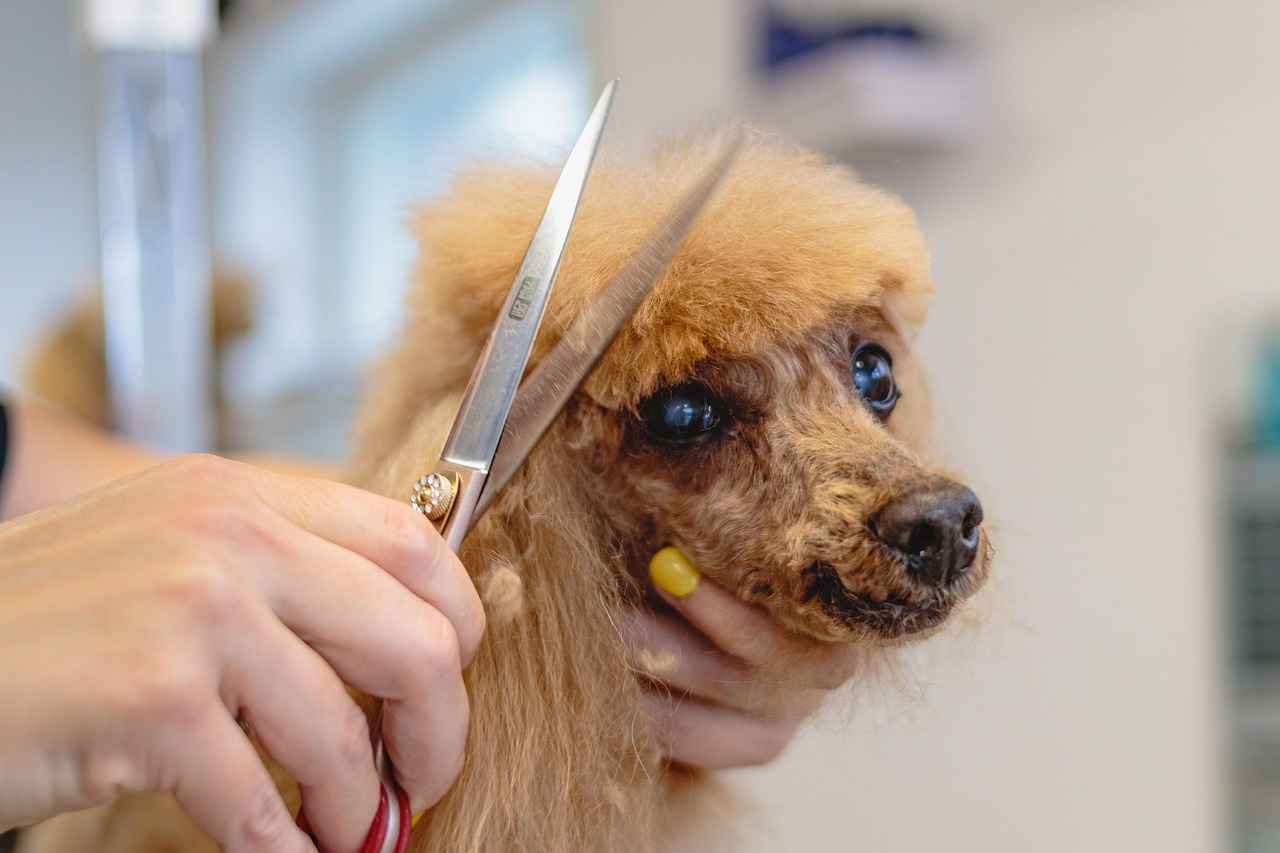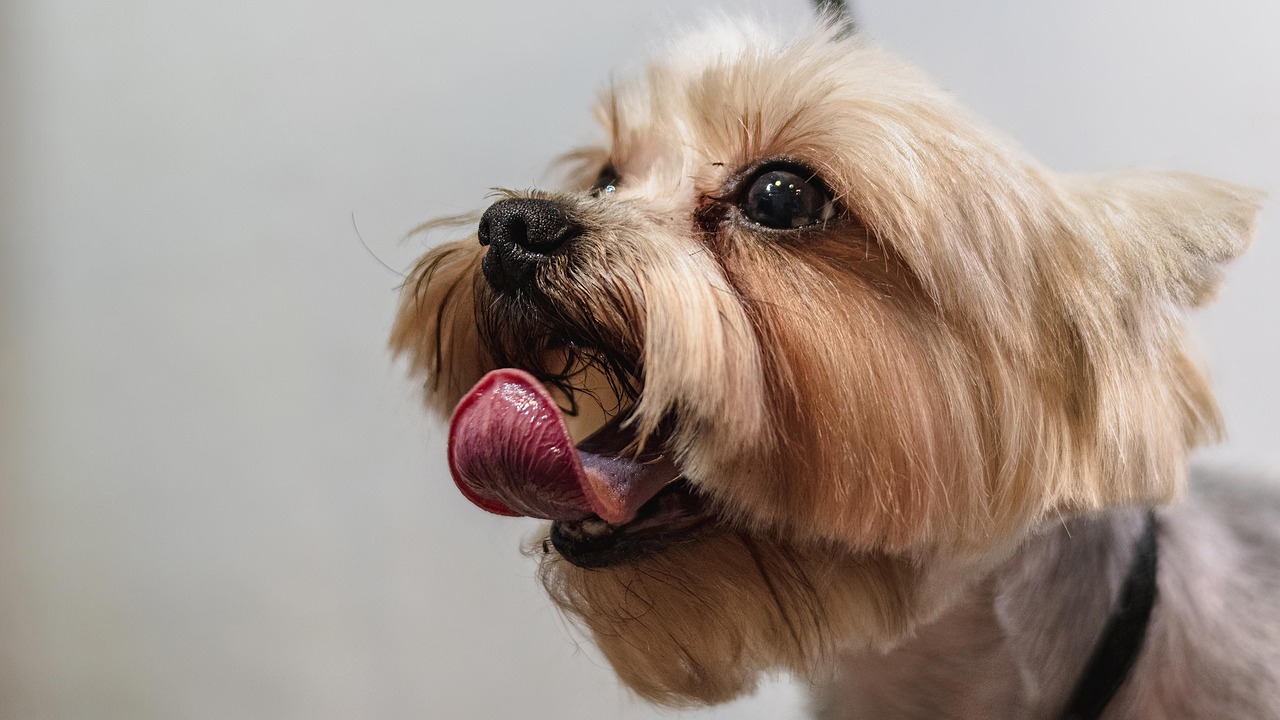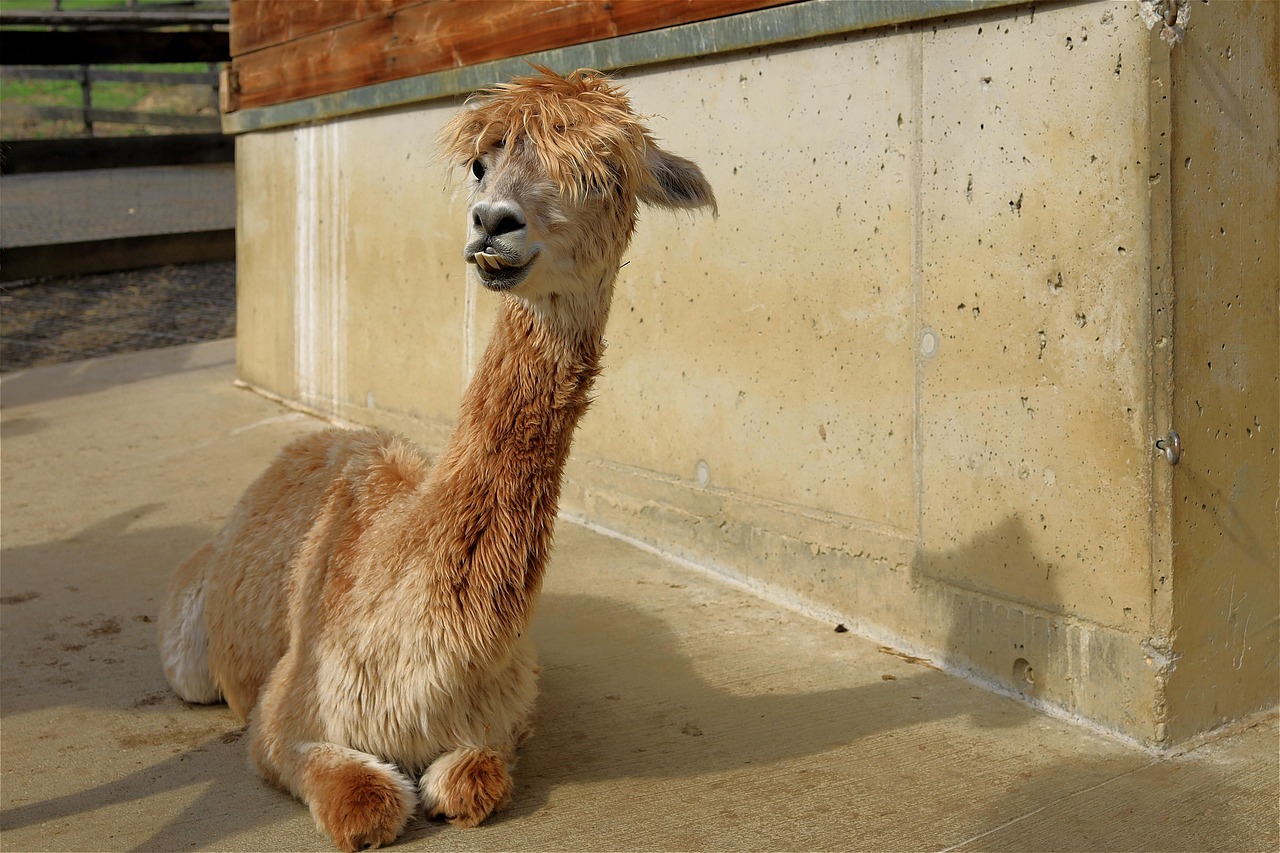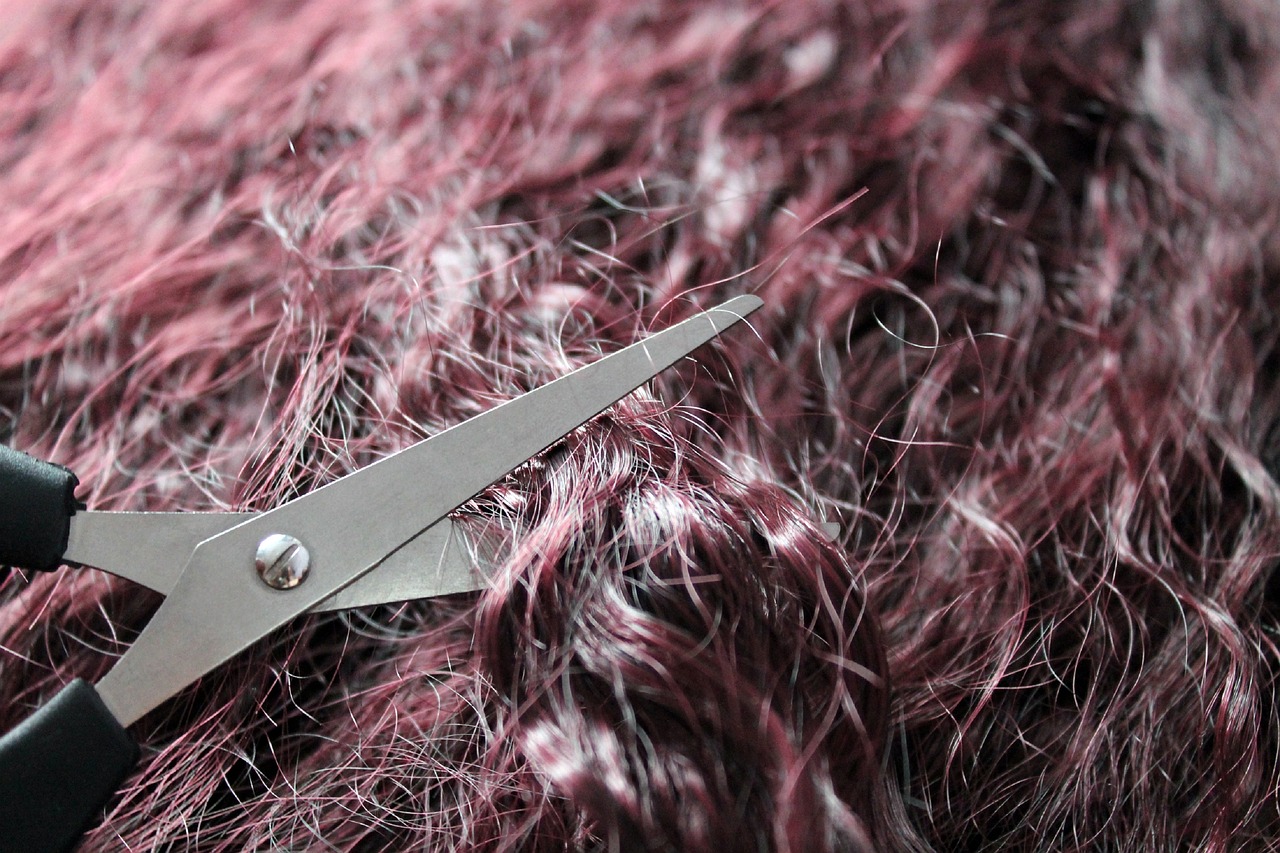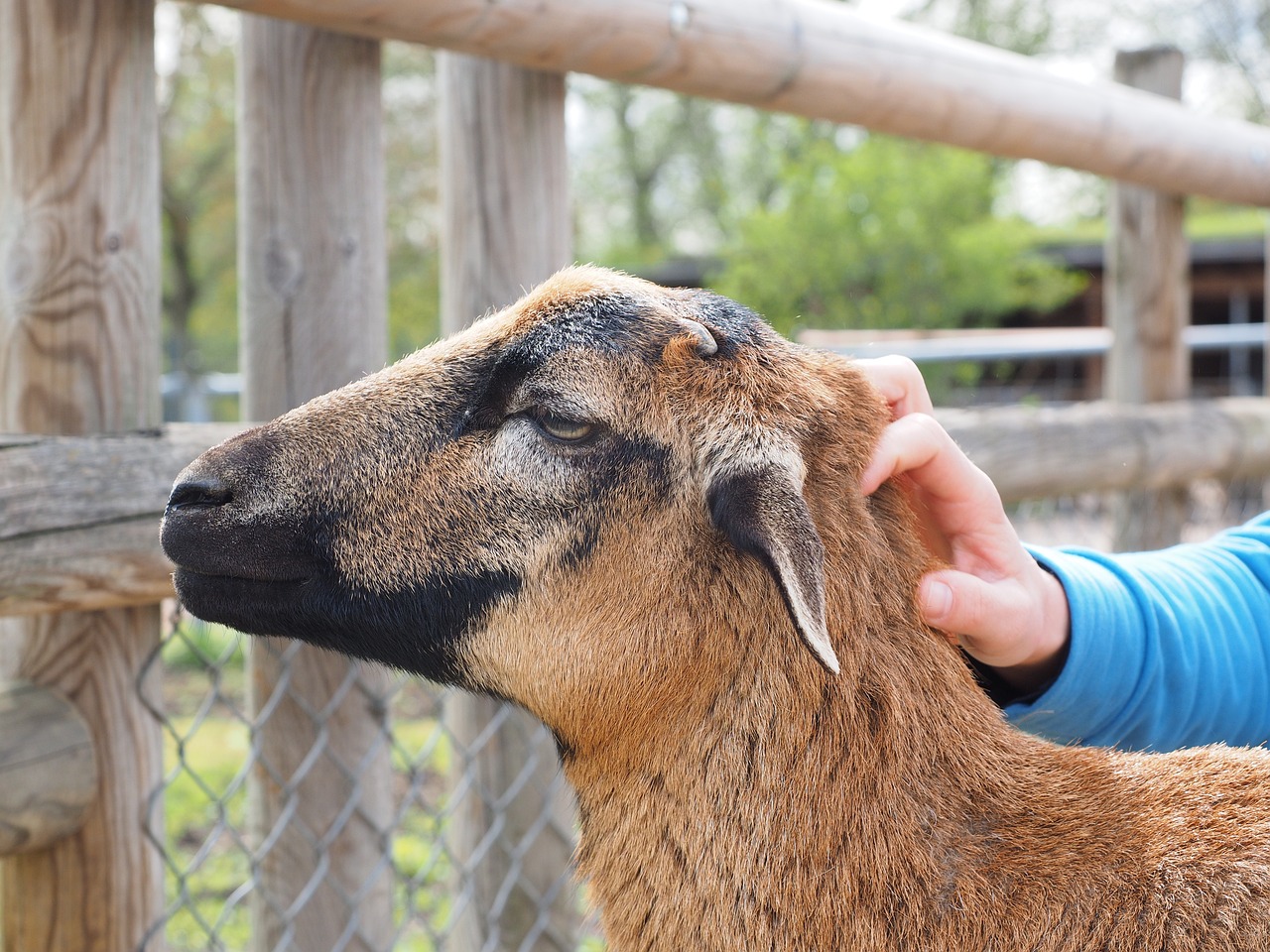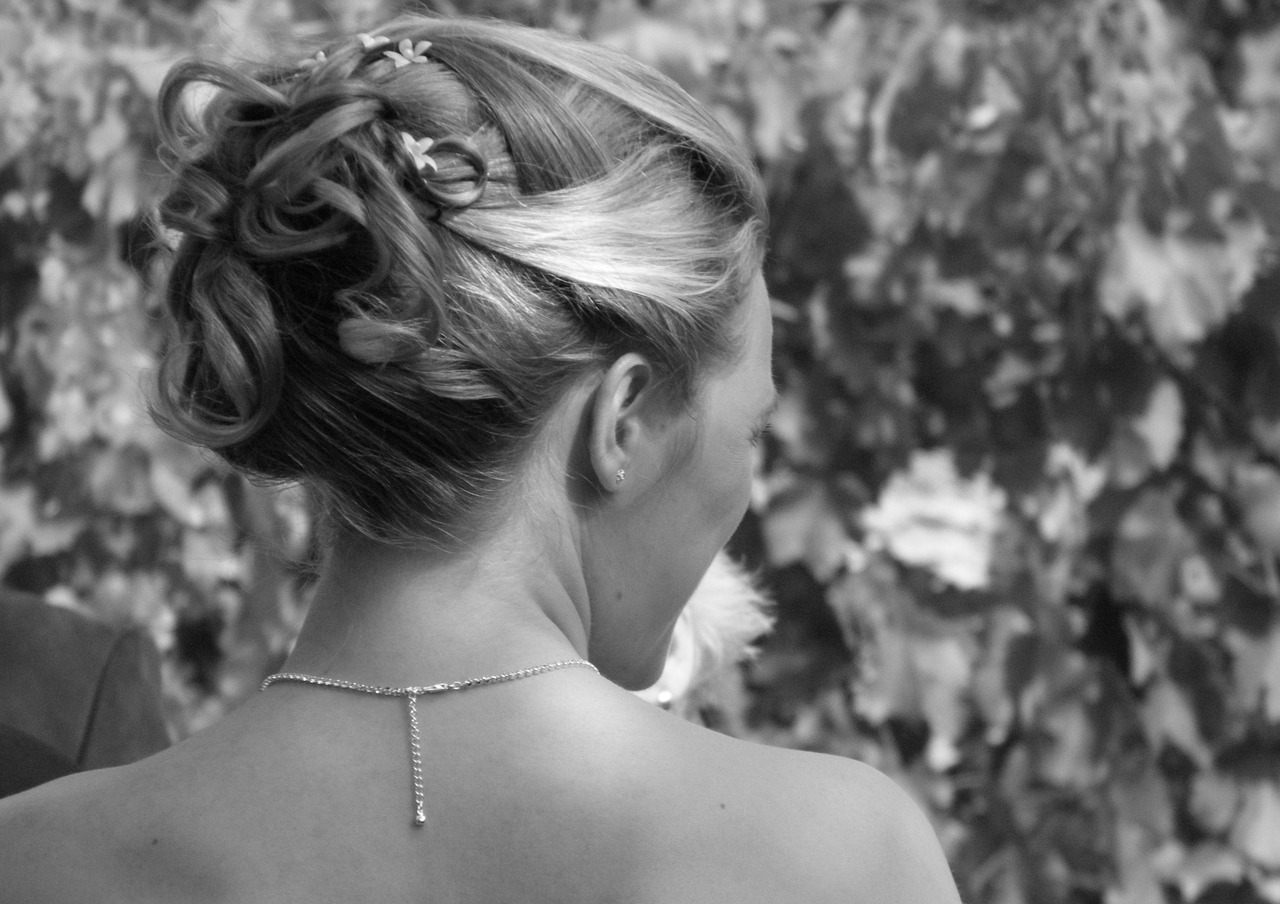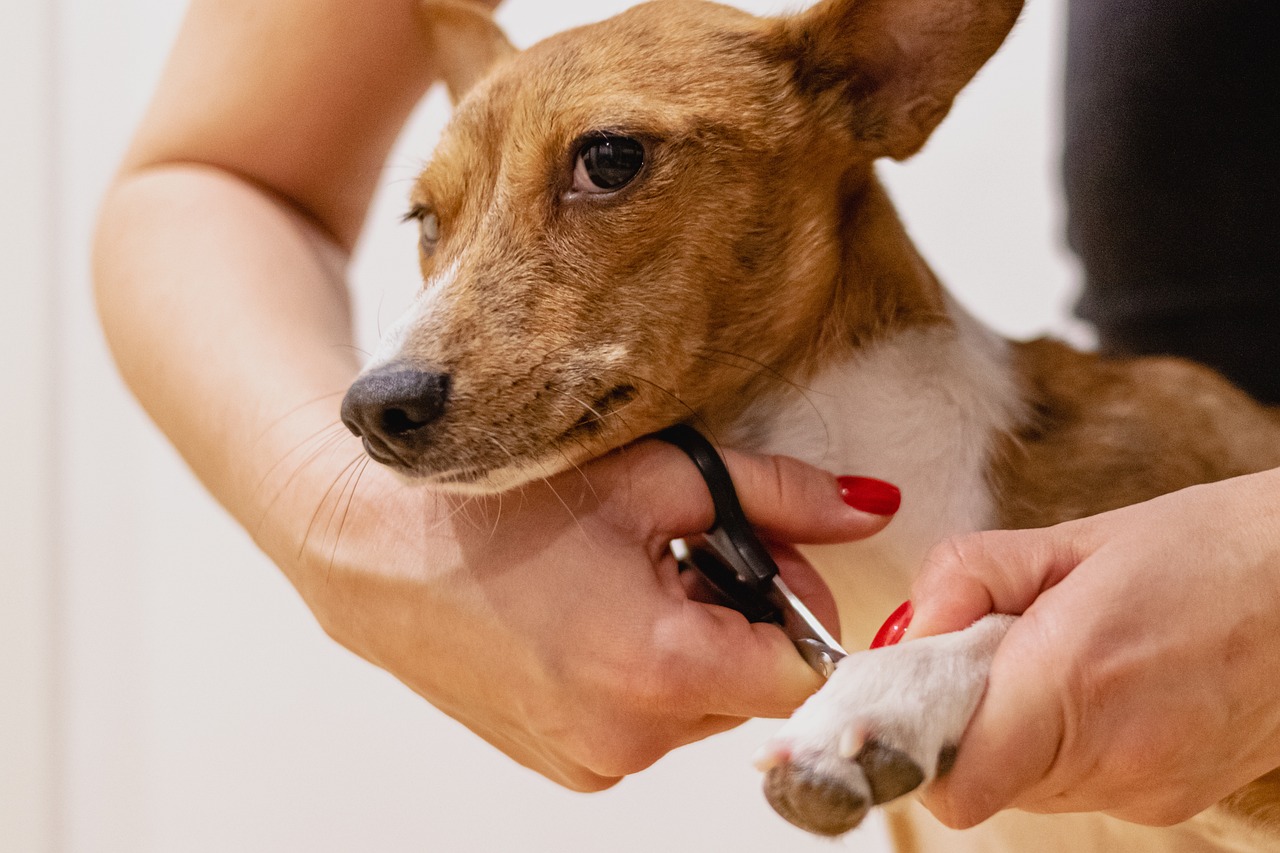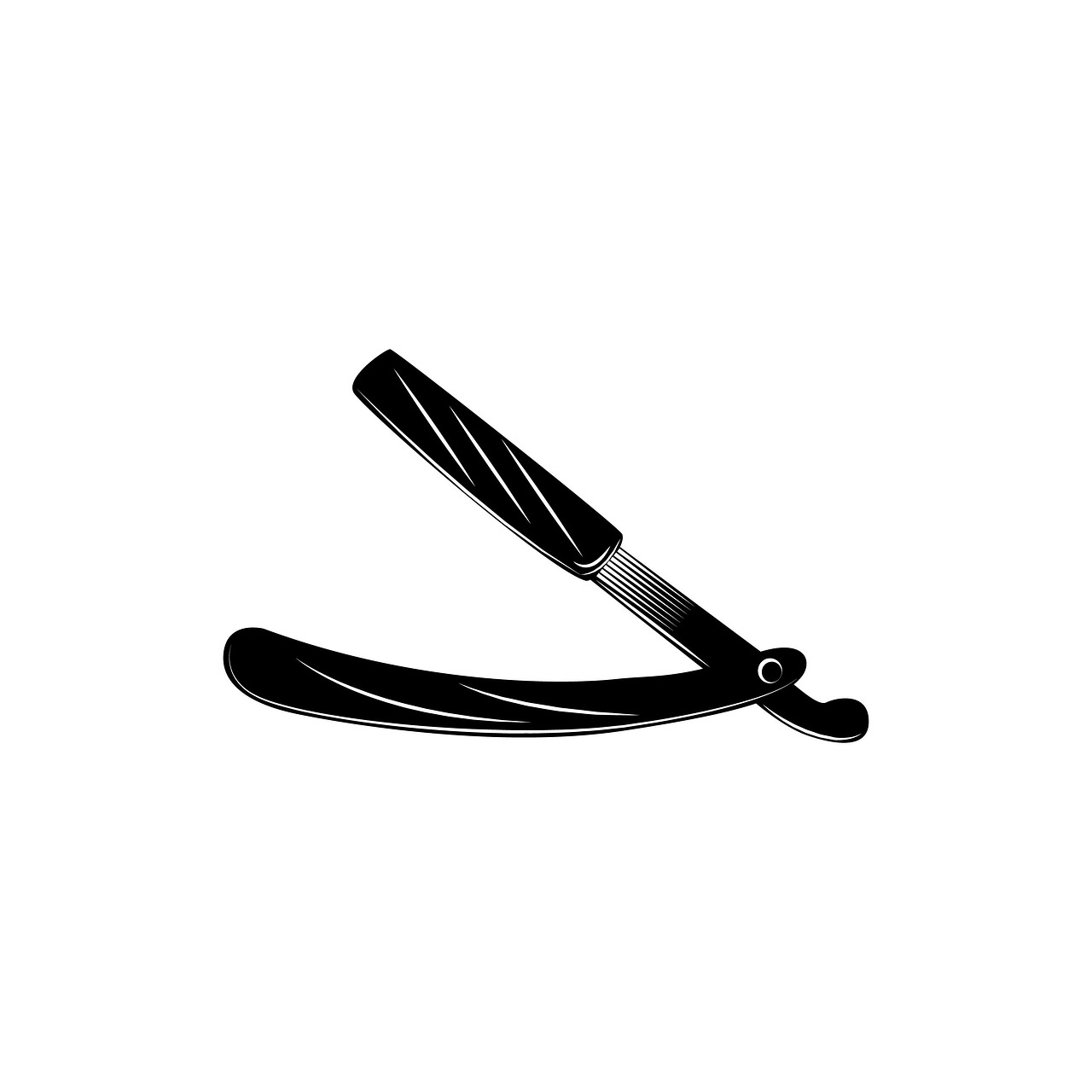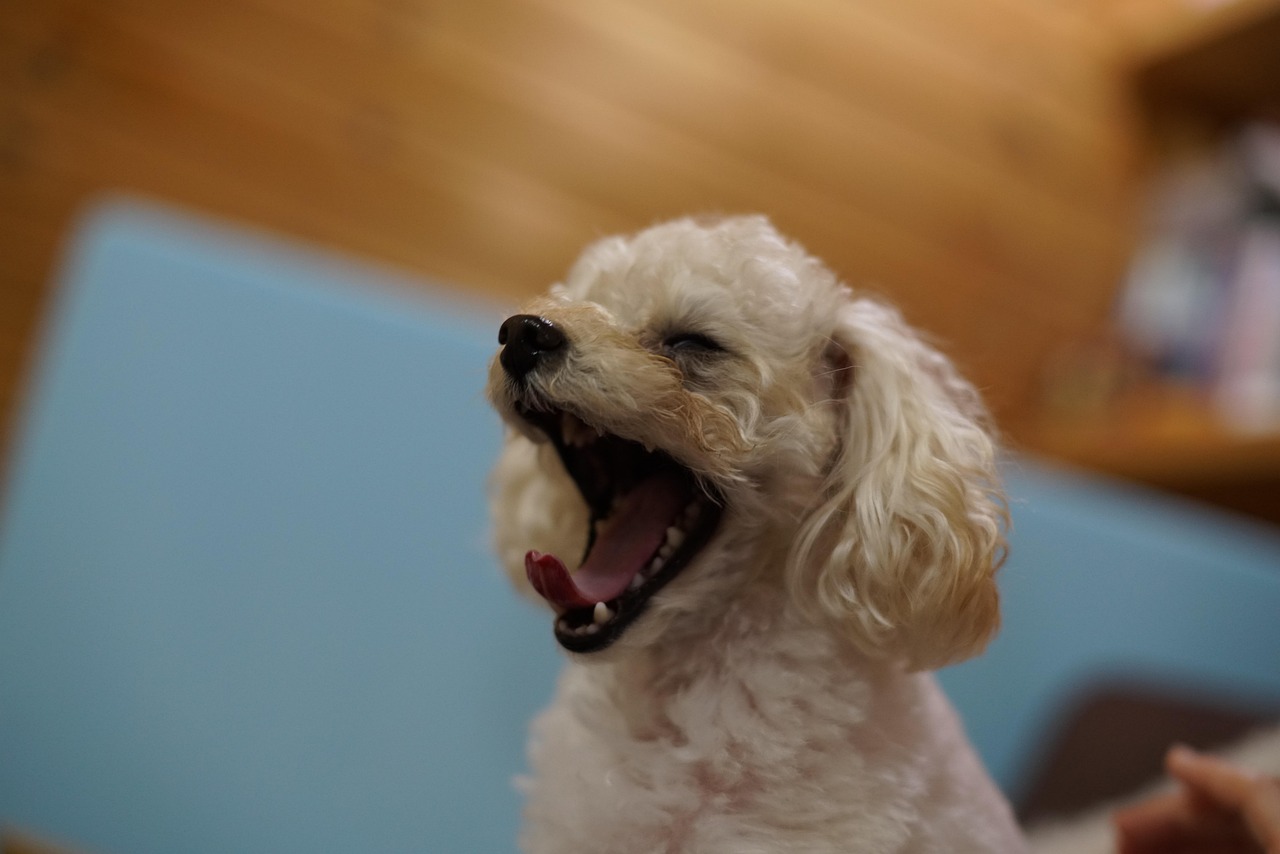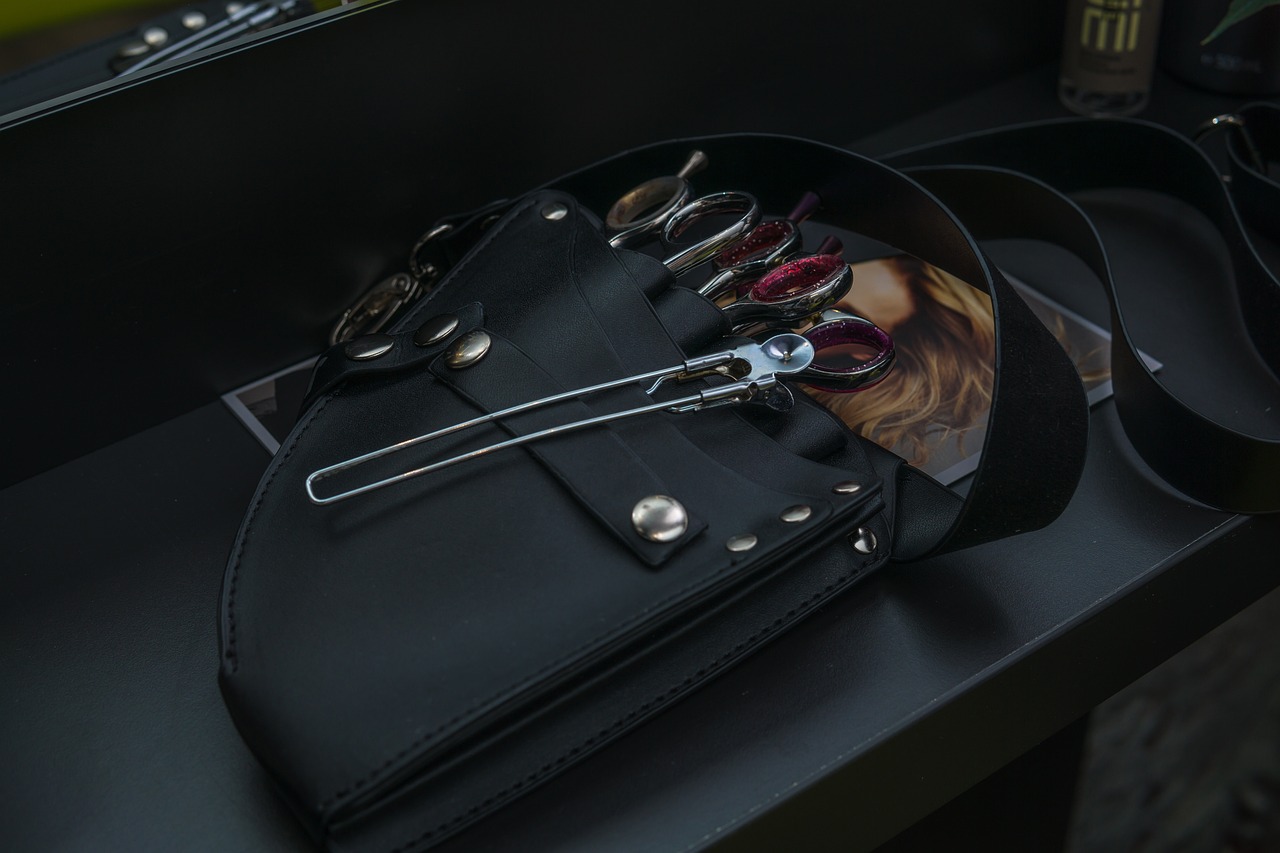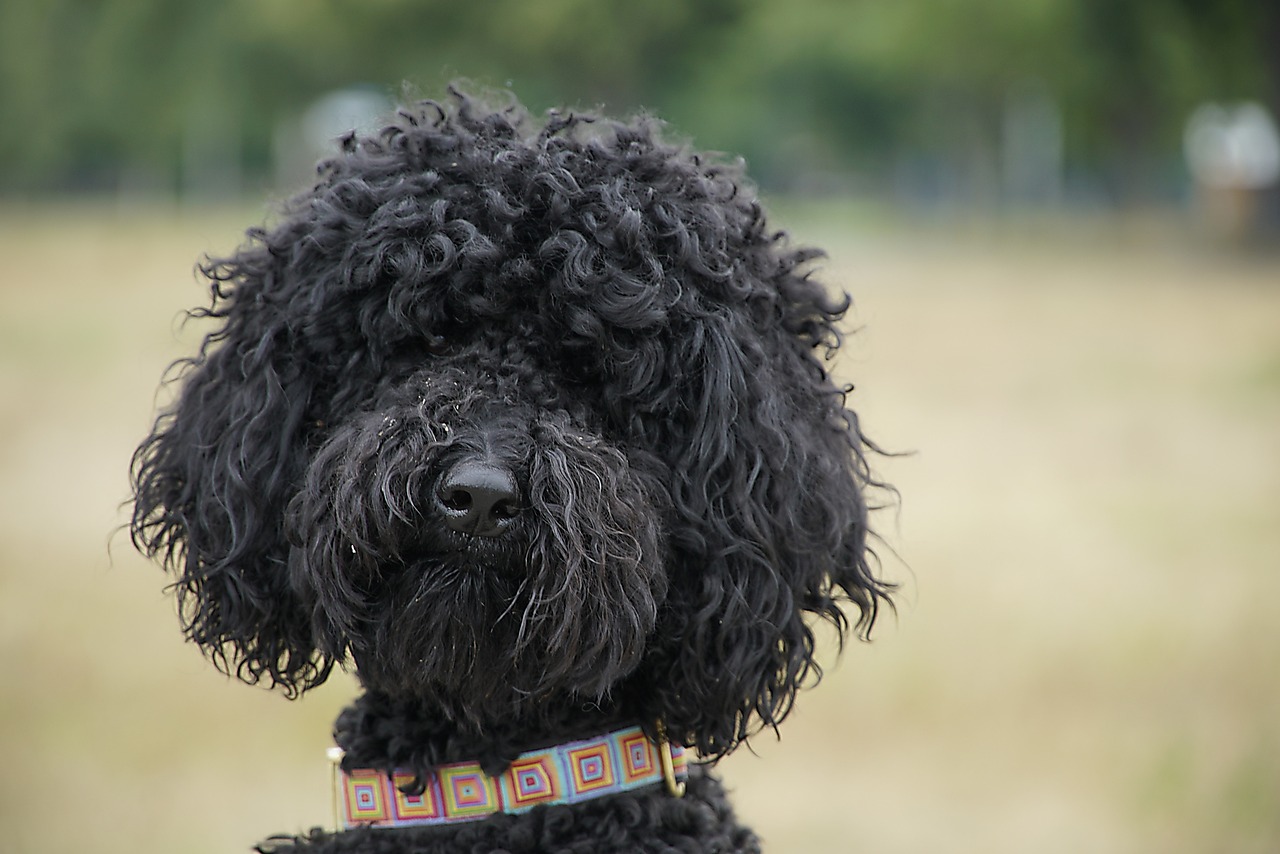This article delves into the fascinating world of dog haircut styles, showcasing a variety tailored to different breeds. It provides valuable insights into grooming techniques, maintenance tips, and the best practices for ensuring your furry friend always looks their best.
What Are the Most Popular Dog Haircut Styles?
- Puppy Cut: A versatile style that suits many breeds, keeping the coat short and manageable.
- Lion Cut: Popular for Poodles and some terriers, this style leaves the face, paws, and tip of the tail fluffy while the body is clipped short.
- Sporting Cut: Ideal for sporting breeds, it keeps the coat functional and neat for outdoor activities.
How to Choose the Right Haircut for Your Dog?
Choosing the right haircut for your dog is essential and involves considering factors such as breed, coat type, and lifestyle. Understanding these elements will help you make the best decision for your pet’s grooming needs.
Understanding Your Dog’s Coat Type
Different coat types, including silky, curly, and wiry, require specific grooming techniques. Identifying your dog’s coat type is crucial for selecting appropriate haircut styles.
Short-Coated Breeds
Breeds like Beagles and Boxers often require minimal grooming. Recommended styles enhance their natural sleek appearance while ensuring comfort.
Long-Coated Breeds
For breeds such as Golden Retrievers and Shih Tzus, more attention is needed. Styles that keep their coats healthy and manageable will be discussed in this section.
Seasonal Grooming Considerations
Seasonal changes can significantly impact your dog’s grooming needs. Adapting your dog’s haircut based on weather and seasonal activities is essential for their comfort and well-being.
What Are Breed-Specific Haircut Recommendations?
Each dog breed has unique grooming requirements and recommended haircut styles. This section provides tailored advice for popular breeds, ensuring you choose the best style for your dog.
Grooming Tips for Poodles
Poodles, known for their curly coats, require regular grooming. The best haircut styles for Poodles will be outlined along with essential grooming tips to maintain their iconic look.
Best Styles for Terriers
Terriers, recognized for their wiry coats, benefit from specific cuts. This section outlines the best haircut styles for various terrier breeds to keep them looking sharp and clean.
How to Maintain Your Dog’s Haircut?
Maintaining your dog’s haircut is crucial for their overall health and appearance. Practical tips will be provided to keep your dog’s coat looking fresh and well-groomed between professional grooming sessions.
Regular Brushing Techniques
Regular brushing is vital to prevent matting and keep your dog’s coat healthy. Guidelines on effective brushing techniques tailored to different coat types will be discussed.
Scheduling Professional Grooming
Understanding when to schedule professional grooming is essential. This section will cover the frequency of grooming appointments based on your dog’s breed and coat condition, ensuring they always look their best.

What Are the Most Popular Dog Haircut Styles?
When it comes to grooming your dog, selecting the right haircut is essential not only for aesthetics but also for the comfort and health of your furry friend. In this section, we will delve into the most popular dog haircut styles that cater to various breeds, ensuring that your pet looks fabulous while enhancing their natural beauty.
Among the myriad of dog haircut styles, two stand out for their popularity: the classic puppy cut and the stylish lion cut. These styles are not only visually appealing but also practical for different breeds.
- Puppy Cut: This cut is favored for its versatility and ease of maintenance. It involves trimming the dog’s coat to a uniform length, typically around one to two inches. This style is particularly popular for breeds like Cockapoos and Shih Tzus, as it keeps them looking youthful and playful.
- Lion Cut: Ideal for breeds with thick fur, such as Yorkshire Terriers and Persian Cats, the lion cut features a short body with a fluffy mane around the neck. This style not only looks striking but also helps in managing their coats during warmer months.
Other notable styles include:
- Westie Cut: Perfect for West Highland White Terriers, this cut maintains the breed’s signature look while ensuring their coat remains healthy.
- Summer Cut: A practical option for all breeds during hot weather, this cut involves shortening the coat significantly to keep your dog cool.
- Top Knot: A favorite for Yorkies, this style involves tying the hair on top of the head into a bun, showcasing the dog’s facial features.
When considering a haircut, it is crucial to take into account your dog’s breed and coat type. For instance, curly-haired breeds like Poodles require specific grooming techniques to prevent matting. Regular trims and proper maintenance are essential to keep their coats looking pristine. On the other hand, short-haired breeds like Boxers may require minimal grooming but can benefit from occasional styling to enhance their sleek appearance.
Additionally, seasonal changes can influence your dog’s grooming needs. In the summer, a shorter cut may be desirable to keep your dog comfortable, while in winter, longer styles can provide warmth and protection from the elements. Always consult with a professional groomer to determine the best haircut for your dog’s specific needs and lifestyle.
By understanding the various haircut styles available and their suitability for different breeds, you can make informed decisions that not only enhance your dog’s appearance but also contribute to their overall health and well-being.

How to Choose the Right Haircut for Your Dog?
Choosing the right haircut for your dog is not just about aesthetics; it is a crucial aspect of their overall health and comfort. Every dog has unique grooming needs that depend on factors such as breed, coat type, and lifestyle. Understanding these elements will help you make an informed decision when selecting a haircut that suits your furry friend.
Different coat types require different grooming techniques and styles. For example, dogs with curly coats, like Poodles, need haircuts that prevent matting and allow their curls to form properly. In contrast, short-haired breeds, such as Beagles, may only need a simple trim to keep their coat healthy.
Each dog breed has specific grooming requirements. For instance, Terriers often have wiry coats that benefit from hand-stripping techniques, while long-haired breeds, like Shih Tzus, require regular trims to prevent tangles. Knowing your dog’s breed can guide you in selecting a haircut that maintains their natural beauty while ensuring ease of care.
Your dog’s lifestyle plays a significant role in haircut selection. If your dog is highly active and spends a lot of time outdoors, a shorter haircut may be more practical. Conversely, if your dog is more of a couch potato, you might opt for a style that is more elaborate, as long as you are prepared to maintain it.
- Observe their coat condition: Look for signs of matting or tangles.
- Consider the weather: In warmer months, a shorter cut can help keep your dog cool.
- Consult with a professional groomer: They can provide insights based on your dog’s specific needs.
While you can certainly manage your dog’s grooming at home, professional grooming offers numerous benefits. Groomers are trained to handle various coat types and can ensure that your dog receives a haircut that enhances their appearance while addressing any specific grooming issues.
Once you’ve chosen the right haircut, maintaining it is essential. Regular brushing is key to keeping your dog’s coat healthy and free from mats. Additionally, scheduling follow-up grooming appointments can help maintain the style and overall health of your dog’s coat.
In conclusion, selecting the right haircut for your dog is a multifaceted decision that should take into account their breed, coat type, and lifestyle. By understanding these factors and consulting with professionals, you can ensure that your dog not only looks great but also feels comfortable and healthy.
Understanding Your Dog’s Coat Type
Understanding your dog’s coat type is essential for effective grooming and maintenance. Each dog breed has a unique coat that influences not only their appearance but also the grooming techniques you should employ. In this section, we’ll explore the different coat types, including silky, curly, and wiry, and discuss how to identify them, along with their implications for haircut choices.
To provide the best care for your furry friend, you first need to identify their coat type. Here are the primary coat types:
- Silky Coats: These coats are smooth and shiny, often seen in breeds like Yorkshire Terriers and Afghan Hounds. They require regular brushing to prevent tangles and maintain their luster.
- Curly Coats: Breeds such as Poodles and Portuguese Water Dogs have tightly curled coats. These coats need frequent grooming to avoid matting and to keep them looking neat.
- Wiry Coats: Terriers, like the Fox Terrier and Scottish Terrier, possess wiry coats that are coarse and dense. They typically require a specific grooming technique known as “hand-stripping” to maintain their texture.
Understanding your dog’s coat type not only helps with grooming but also plays a crucial role in selecting the right haircut. Here’s how:
- Silky Coats: For silky-coated dogs, consider styles that enhance their natural flow, such as long trims or the classic puppy cut. Regular trims are necessary to keep their hair healthy and manageable.
- Curly Coats: Curly-haired breeds benefit from styles that minimize tangles, such as the teddy bear cut. This style keeps their curls looking fluffy while reducing the maintenance required.
- Wiry Coats: For wiry-coated dogs, styles that maintain their natural texture are ideal. The rough cut allows the coat to remain functional while looking stylish.
The grooming techniques you use will vary based on your dog’s coat type. Here are some tips:
- Silky Coats: Use a slicker brush for daily grooming and a detangling spray to help manage knots.
- Curly Coats: Invest in a wide-toothed comb and a good quality conditioner to keep the curls hydrated and defined.
- Wiry Coats: Regular hand-stripping is essential, along with using a pin brush to remove loose hairs.
By understanding your dog’s coat type and the grooming techniques required, you can ensure that they not only look their best but also feel comfortable and healthy. Remember, regular grooming is key to preventing issues such as matting and skin irritations.
Short-Coated Breeds
When it comes to grooming, like Beagles and Boxers have distinct advantages. These breeds are known for their sleek and shiny coats, which require minimal grooming compared to their long-haired counterparts. However, this does not mean that their grooming needs should be overlooked. In this section, we will explore the best haircut styles for short-coated breeds, ensuring they not only look their best but also remain comfortable and healthy.
Short coats offer several benefits, including easy maintenance and a lower likelihood of matting. Additionally, short-haired dogs tend to stay cooler in warmer climates, making them a popular choice for many pet owners. But what are the best grooming practices for these breeds?
- Classic Trim: A simple trim around the neck and tail can enhance the dog’s natural shape without compromising comfort.
- Buzz Cut: For a very low-maintenance style, a buzz cut can be an excellent choice. It keeps the coat short and manageable, ideal for active dogs.
- Contoured Cut: This style involves slightly shaping the coat to accentuate the dog’s physique while keeping it comfortable.
- Seasonal Cut: In warmer months, a shorter cut can help keep your dog cool, while a slightly longer style can provide warmth during colder seasons.
Even though short-coated breeds require less grooming, regular care is essential for maintaining their coat’s health. Here are some practical grooming tips:
- Regular Brushing: Use a rubber grooming mitt or a soft brush to remove loose hair and stimulate the skin. This also helps distribute natural oils, keeping the coat shiny.
- Bathing: Short-haired dogs typically need fewer baths than long-haired breeds. Bathe your dog every 4-6 weeks, or as needed, using a gentle dog shampoo.
- Nail Trimming: Regularly check and trim your dog’s nails to prevent discomfort and ensure they can walk comfortably.
- Ear Cleaning: Keep an eye on your dog’s ears, cleaning them as needed to avoid infections.
Many people believe that short-coated breeds do not require grooming at all. This is a common misconception. While they may not need as much grooming as long-haired breeds, they still benefit from regular maintenance to keep their skin healthy and their coat looking great.
Investing in the right grooming tools is crucial for maintaining your short-coated dog’s appearance. Look for:
- Soft Brushes: Ideal for smoothing out the coat without irritation.
- Grooming Gloves: These are great for removing loose hair and massaging the skin.
- High-Quality Shampoo: Choose a shampoo specifically formulated for dogs to avoid skin irritation.
In summary, short-coated breeds like Beagles and Boxers are relatively low-maintenance but still require regular grooming to keep their coats healthy and shiny. By understanding their specific needs and choosing the right styles and grooming practices, you can ensure that your furry friend looks and feels their best.
Long-Coated Breeds
When it comes to grooming , such as Golden Retrievers and Shih Tzus, a bit more attention and care is essential. These breeds are known for their beautiful, flowing coats that can easily become tangled or matted without proper maintenance. In this section, we will explore various grooming styles and techniques that not only keep their coats healthy and manageable but also ensure they look stylish.
Regular grooming is crucial for long-coated breeds for several reasons:
- Preventing Matting: Long fur can easily tangle, leading to painful mats that can affect your dog’s skin health.
- Skin Health: Grooming helps remove dead hair and dirt, promoting a healthier skin environment.
- Style and Presentation: A well-groomed dog looks more appealing and feels more comfortable.
Here are some popular grooming styles that work well for long-coated breeds:
- Puppy Cut: This style involves trimming the coat to a uniform length, making it easier to manage while keeping your dog looking cute.
- Long Layered Cut: Maintaining longer layers can enhance your dog’s natural beauty while allowing for a manageable length that reduces matting.
- Show Cut: For those who participate in dog shows, a more elaborate style that showcases the breed’s characteristics is essential.
The frequency of grooming depends on the specific breed and its coat condition. However, a general guideline includes:
- Daily Brushing: This helps prevent mats and keeps the coat shiny.
- Professional Grooming: Every 4-6 weeks is recommended to maintain the coat’s health and style.
Having the right tools can make grooming a breeze. Here are some essentials:
- Wide-Toothed Comb: Ideal for detangling without pulling on the hair.
- Slicker Brush: Perfect for removing loose hair and preventing mats.
- De-shedding Tool: Helps manage excessive shedding, especially during seasonal changes.
In addition to regular grooming, consider the following tips:
- Bathing: Regular baths using a gentle dog shampoo help maintain coat cleanliness.
- Nutrition: A balanced diet rich in omega fatty acids promotes a healthy coat and skin.
- Hydration: Ensure your dog has access to fresh water, which is essential for overall health.
By following these grooming practices, you can maintain your long-coated dog’s coat in a healthy condition while ensuring they look their best. With the right techniques and tools, grooming can be a rewarding experience for both you and your furry friend.
Seasonal Grooming Considerations
As the seasons change, so do the grooming needs of your beloved dog. Understanding how seasonal variations impact your dog’s coat is essential for maintaining their health and comfort. This section delves into how you can adapt your dog’s haircut based on the weather and seasonal activities, ensuring they remain stylish and comfortable all year round.
The weather plays a crucial role in determining the appropriate grooming style for your dog. In warmer months, dogs with thick or long coats may require a shorter haircut to help them stay cool. Conversely, during colder months, longer styles may be beneficial to provide warmth and insulation.
- Summer Grooming: In summer, consider a shorter cut that allows for better air circulation. Breeds like Golden Retrievers can benefit from a “summer cut” that keeps their coat manageable while preventing overheating.
- Winter Grooming: For winter, avoid shaving your dog too closely. Instead, opt for a trim that maintains some length, which can help keep them warm. Breeds such as Siberian Huskies thrive with a fuller coat during colder months.
Seasonal activities also dictate the best grooming practices. If your dog enjoys swimming in the summer or playing in the snow during winter, their haircut should reflect these activities.
- Active Summer Dogs: If your dog loves to swim, consider a haircut that minimizes matting and drying time. A shorter, wash-and-wear style can make post-swim clean-ups easier.
- Winter Playtime: For dogs that enjoy snow activities, a longer coat may help protect them from the cold. Regular brushing is essential to prevent matting, especially for breeds with thick fur.
To ensure your dog’s coat remains healthy throughout the year, follow these grooming practices:
- Regular Brushing: No matter the season, consistent brushing is critical. In summer, brush more frequently to remove dead hair and reduce shedding. In winter, focus on detangling to prevent matting.
- Hydration and Skin Care: Seasonal changes can affect your dog’s skin. Use moisturizing shampoos and conditioners that suit your dog’s coat type to keep their skin healthy.
- Consult a Professional: If you’re unsure about the best haircut for your dog based on the season, consult with a professional groomer. They can provide tailored advice based on your dog’s breed and lifestyle.
In summary, adapting your dog’s haircut according to seasonal changes is vital for their comfort and health. By understanding how weather impacts grooming needs and considering seasonal activities, you can ensure your furry friend looks great and feels comfortable all year round.

What Are Breed-Specific Haircut Recommendations?
When it comes to grooming your dog, breed-specific haircut recommendations are essential for maintaining both their appearance and health. Each breed has its own unique characteristics, which influence the best haircut styles suited for them. This section delves into tailored advice for popular breeds, ensuring you choose the best style for your furry friend.
Understanding why breed-specific haircuts are important can help you make informed decisions about your dog’s grooming needs. Different breeds have varying coat types, textures, and growth patterns, which necessitate specific grooming techniques. For instance, a Poodle requires frequent grooming due to its curly coat, while a Beagle may need minimal maintenance.
- Poodles: The Poodle is known for its luxurious curls. Popular styles include the Continental Cut and the Sporting Cut. Regular grooming is essential to prevent matting and maintain their signature look.
- Golden Retrievers: With their long, flowing coats, Golden Retrievers benefit from the Feathered Cut, which enhances their natural beauty while keeping their fur manageable.
- Shih Tzus: The Puppy Cut is a favorite among Shih Tzu owners, providing a cute and practical style that keeps their coat short and easy to care for.
- Terriers: Terriers, known for their wiry coats, often benefit from the Hand-Stripping technique, which helps maintain their coat texture while keeping them looking sharp.
Choosing the right haircut for your dog involves considering several factors:
- Breed: Each breed has specific grooming needs and recommended styles.
- Coat Type: Understanding whether your dog has a curly, straight, or wiry coat will guide your haircut choice.
- Lifestyle: Active dogs may require shorter cuts for ease of maintenance, while less active dogs can sport longer styles.
Once you have chosen the perfect haircut for your dog, maintaining it is crucial. Here are some tips:
- Regular Brushing: Depending on the coat type, regular brushing can help prevent matting and tangles.
- Professional Grooming: Scheduling regular appointments with a professional groomer ensures your dog’s coat stays in top shape.
- Bathing: Keeping your dog clean is essential. Use breed-specific shampoos to maintain coat health.
In conclusion, understanding the unique grooming requirements of your dog’s breed is vital for selecting the best haircut. By considering their coat type, lifestyle, and specific needs, you can ensure that your furry friend not only looks great but also feels comfortable and healthy.
Grooming Tips for Poodles
Poodles are renowned for their intelligent demeanor and elegant appearance, but their stunning curly coats require diligent grooming to maintain their beauty. Regular grooming is essential not only for aesthetic purposes but also for the health of your Poodle’s skin and coat. In this section, we will delve into the best haircut styles for Poodles, along with essential grooming tips to keep them looking their best.
Regular grooming helps prevent matting, which can lead to skin irritations and discomfort. Poodles have a unique coat that traps dirt and debris, making it crucial to keep their fur clean and well-maintained. Additionally, grooming sessions provide an opportunity to check for any skin issues, parasites, or other health concerns.
- Puppy Cut: This is a classic style that keeps the coat short and manageable. Ideal for warm weather, it allows for easy maintenance while highlighting the Poodle’s playful nature.
- Continental Cut: This sophisticated style features longer fur on the legs and a pom-pom tail, giving a regal appearance. It’s often seen in dog shows and requires regular upkeep to maintain its shape.
- English Saddle Cut: Similar to the Continental Cut but with a more balanced look, this style has longer fur on the back and shorter fur on the legs, providing a striking silhouette.
To keep your Poodle’s coat in top condition, follow these grooming tips:
- Brushing: Regular brushing is vital to prevent mats and tangles. Aim for at least 2-3 times a week, using a slicker brush or a comb designed for curly coats.
- Bathing: Bathe your Poodle every 4-6 weeks, using a gentle dog shampoo to avoid stripping natural oils. Ensure thorough rinsing to prevent residue, which can irritate the skin.
- Trimming: Schedule professional grooming every 6-8 weeks to maintain the desired haircut. A groomer can also check for skin issues and provide nail trimming services.
Establishing a consistent grooming routine is key to your Poodle’s health and appearance. Here are some practical insights:
1. Set a regular schedule for brushing, bathing, and professional grooming.2. Use quality grooming tools designed for curly coats.3. Monitor your Poodle's skin and coat condition regularly.4. Adjust grooming frequency based on seasonal changes and activity levels.
By following these grooming tips and haircut styles, you can ensure that your Poodle remains not only stylish but also healthy and comfortable. Regular grooming is not just about aesthetics; it’s about maintaining a happy and healthy pet.
Best Styles for Terriers
Terriers are a diverse group of dog breeds, each known for their energetic personalities and distinctive wiry coats. Grooming is essential for maintaining their unique appearance and ensuring their comfort. In this section, we will explore the best haircut styles for terriers, providing insights into how to keep them looking sharp and clean.
Terriers, such as the Jack Russell, West Highland White Terrier, and Airedale, have unique coat types that require specific grooming techniques. These haircuts not only enhance their natural beauty but also promote skin health by preventing matting and tangling. Regular grooming can significantly improve their overall well-being.
- Stripped Cut: This style is often preferred for breeds like the Border Terrier. It involves hand-stripping the coat, which maintains the texture and color while giving a neat appearance.
- Westie Cut: The classic cut for West Highland White Terriers features a short body with longer hair on the head and legs. This style accentuates their playful nature and keeps them looking tidy.
- Airedale Cut: For Airedales, a combination of clipping and hand-stripping is ideal. This cut keeps their coat manageable while highlighting their robust build.
- Puppy Cut: Suitable for many terrier breeds, the puppy cut involves trimming the coat to a uniform length, making it easy to maintain and perfect for warmer weather.
To achieve the best haircut results for terriers, it is crucial to employ the right grooming techniques:
- Regular Brushing: Terriers should be brushed at least once a week to remove loose hair and prevent matting. Use a slicker brush or a comb designed for wiry coats.
- Bathing: Bathe your terrier every 4-6 weeks, using a gentle dog shampoo to avoid drying out their skin. Ensure thorough rinsing to prevent residue buildup.
- Trimming: Regular trimming of the hair around the eyes, ears, and paws is essential to keep your terrier looking sharp. This also helps in maintaining their vision and hygiene.
While at-home grooming is vital, it is equally important to know when to consult a professional groomer. Terriers with more complex grooming needs, such as the Bedlington Terrier or Soft Coated Wheaten Terrier, may require specialized skills to achieve the desired look. Regular appointments every 6-8 weeks can help maintain their coat and overall appearance.
In conclusion, keeping your terrier well-groomed is essential for their health and happiness. By understanding the best haircut styles and proper grooming techniques, you can ensure your furry friend looks their best. Whether you choose to groom at home or seek professional help, the right haircut can enhance your terrier’s unique personality and charm.

How to Maintain Your Dog’s Haircut?
Maintaining your dog’s haircut is crucial for their overall health and appearance. A well-groomed dog not only looks good but also feels comfortable and happy. Here are some practical tips to keep your dog’s coat looking fresh and well-groomed between professional grooming sessions.
- Regular Brushing: Brushing your dog’s coat regularly is essential, as it helps remove loose hair, dirt, and debris. Depending on your dog’s coat type, you may need to brush daily or a few times a week. For long-haired breeds, consider using a slicker brush or a comb to prevent matting.
- Bathing: Regular baths can help keep your dog’s coat clean and fresh. Use a gentle dog shampoo that suits your dog’s skin type. Overbathing can strip natural oils, so it’s best to bathe your dog every 4 to 6 weeks, or as needed.
- Trimming: Even between professional grooming sessions, you may need to do some light trimming to keep your dog’s haircut looking sharp. Focus on areas that tend to grow faster, such as around the paws, ears, and tail. Use dog-specific scissors to avoid accidents.
- Check for Mats: Regularly check your dog’s coat for mats or tangles. If you find any, address them promptly with a dematting tool or seek help from a professional groomer. Mats can pull on the skin and cause discomfort.
- Hydration and Nutrition: A healthy diet contributes to a shiny coat. Ensure your dog is receiving a balanced diet rich in omega fatty acids, which promote healthy skin and fur. Always provide fresh water to keep them hydrated.
- Seasonal Adjustments: Depending on the season, your dog’s grooming needs may change. During warmer months, a shorter haircut can help keep your dog cool, while a longer coat may be beneficial in winter to provide warmth.
Knowing when to schedule professional grooming is essential for maintaining your dog’s appearance and comfort. Most breeds benefit from a grooming appointment every 4 to 8 weeks, but this can vary based on coat type and lifestyle. For example:
| Breed Type | Recommended Grooming Frequency |
|---|---|
| Short-Coated Breeds | Every 8 weeks |
| Long-Coated Breeds | Every 4 to 6 weeks |
| Curly-Coated Breeds (e.g., Poodles) | Every 4 weeks |
In addition to scheduled grooming, pay attention to your dog’s coat condition. If you notice excessive shedding, matting, or skin issues, it may be time for an earlier appointment.
By following these maintenance tips, you can ensure that your dog’s haircut remains stylish and healthy, making them feel comfortable and look their best. Regular grooming not only enhances your dog’s appearance but also strengthens the bond between you and your furry friend.
Regular Brushing Techniques
Regular brushing is an essential part of dog grooming that not only enhances your pet’s appearance but also contributes significantly to their overall health. By incorporating effective brushing techniques into your routine, you can prevent matting and keep your dog’s coat in optimal condition. This section provides valuable guidelines tailored to different coat types, ensuring that every dog receives the care they need.
Brushing your dog regularly is crucial for several reasons:
- Prevents Matting: Regular brushing helps to remove tangles and prevents mats from forming, which can be painful for your dog.
- Promotes Healthy Skin: Brushing stimulates the skin and distributes natural oils, keeping the coat shiny and healthy.
- Reduces Shedding: Frequent brushing can help to minimize shedding, making your home cleaner and more comfortable.
- Enhances Bonding: The grooming process can strengthen the bond between you and your dog, making them feel loved and cared for.
Understanding your dog’s coat type is essential for effective grooming. Here are some tailored techniques:
For dogs with short coats, such as Beagles and Boxers, use a soft-bristle brush or a rubber grooming mitt. These tools help to remove loose hair and dirt without irritating the skin. Brush your dog at least once a week to maintain their coat and skin health.
Dogs with medium-length coats, like Collies and Spaniels, benefit from a slicker brush or a pin brush. These tools can effectively reach through the undercoat to remove dead hair. Aim for brushing two to three times a week to prevent mats and keep the coat looking its best.
Long-haired breeds, such as Golden Retrievers and Shih Tzus, require more frequent grooming. Use a wide-toothed comb followed by a slicker brush to detangle and smooth the coat. It’s advisable to brush them daily to prevent mats and tangles, especially in areas prone to matting, such as behind the ears and under the legs.
Dogs with curly or wavy coats, like Poodles and Portuguese Water Dogs, require specialized care. A pin brush or a comb designed for curly coats is ideal. Regular brushing, at least three times a week, will help maintain their unique texture and prevent matting.
- Be Gentle: Always brush gently to avoid hurting your dog. Start from the ends of the hair and work your way up to the roots.
- Use Treats: Reward your dog with treats during and after brushing to create a positive association with grooming.
- Check for Skin Issues: While brushing, keep an eye out for any lumps, bumps, or skin irritations that may need veterinary attention.
By following these brushing techniques tailored to your dog’s specific coat type, you can ensure that your furry friend remains healthy, comfortable, and looking their best. Regular grooming not only enhances their appearance but also plays a vital role in their overall well-being.
Scheduling Professional Grooming
When it comes to keeping your dog looking and feeling their best, professional grooming is an essential aspect of pet care. The frequency of grooming appointments can vary significantly based on your dog’s breed, coat type, and overall health. Understanding when to schedule these appointments ensures that your furry friend remains comfortable, healthy, and stylish.
The general rule of thumb is that long-haired breeds require more frequent grooming than short-haired breeds. For instance, dogs with long coats, such as Yorkshire Terriers and Shih Tzus, may need grooming every 4 to 6 weeks to prevent matting and maintain a healthy coat. On the other hand, short-haired breeds like Beagles and Boxers can often go 8 to 12 weeks between grooming sessions.
- Coat Condition: Dogs with matted or tangled fur will need more frequent grooming to keep their coat manageable.
- Activity Level: Active dogs that spend a lot of time outdoors may require more regular grooming due to dirt and debris accumulation.
- Seasonal Changes: During shedding seasons, such as spring and fall, you may need to increase grooming frequency to manage loose fur.
Different breeds have unique grooming requirements. For example, Poodles need grooming every 4 to 6 weeks to maintain their iconic curly look, while Golden Retrievers may only require grooming every 8 weeks, depending on their coat condition. It’s essential to research your specific breed’s needs to determine the right grooming schedule.
Pay attention to the following signs that indicate it’s time for a professional grooming session:
- Excessive Shedding: If your home is filled with fur, it might be time for a grooming appointment.
- Matted Fur: If you notice tangles or mats in your dog’s coat, seek professional help.
- Unpleasant Odor: A foul smell can indicate that your dog needs a bath and grooming.
Scheduling regular grooming appointments has numerous benefits for your dog:
- Health Monitoring: Groomers can spot skin issues, parasites, or other health concerns early.
- Improved Hygiene: Regular grooming helps keep your dog clean and reduces the risk of infections.
- Enhanced Bonding: Regular visits to a groomer can help your dog become accustomed to being handled, making home grooming easier.
Choosing a qualified groomer is crucial. Look for professionals who are experienced with your dog’s breed and have positive reviews. It’s also beneficial to schedule a consultation to discuss your dog’s specific grooming needs and ensure that the groomer understands your expectations.
In summary, knowing when to schedule professional grooming is vital for your dog’s health and happiness. By considering your dog’s breed, coat condition, and specific needs, you can establish a grooming routine that keeps your furry friend looking and feeling their best.
Frequently Asked Questions
- What are the best haircut styles for my dog?
The best haircut styles depend on your dog’s breed, coat type, and lifestyle. Popular styles include the puppy cut for a cute, manageable look and the lion cut for a bold statement. Always consider your dog’s comfort and personality when choosing a style!
- How often should I groom my dog?
Grooming frequency varies by breed and coat type. Generally, short-coated breeds need grooming every few weeks, while long-coated breeds may require grooming every month or even weekly to prevent matting and tangling. Regular maintenance keeps your furry friend looking sharp!
- Can I groom my dog at home?
Absolutely! Many pet owners groom their dogs at home, especially for simple trims. However, for complex styles or breeds with specific grooming needs, it’s best to consult a professional groomer. Think of it like cutting your own hair—sometimes, it’s better to leave it to the experts!
- What tools do I need for dog grooming?
Essential grooming tools include a good quality brush, clippers, scissors, and a grooming comb. Depending on your dog’s coat type, you might also need de-shedding tools or specific brushes to avoid matting. Keeping your grooming kit handy makes the process smoother!
- How do I choose the right groomer for my dog?
Choosing the right groomer is like finding a good hairdresser for yourself! Look for someone experienced with your dog’s breed, check reviews, and ask for recommendations. A good groomer will make your dog feel comfortable and provide a style that suits their personality!
